Long-Term Review: QA1 Proma Star Coilovers on the C5 Corvette (35+ Events Later)
This article originally started as a first impressions review of the QA1 Proma Star coilovers paired with Progress sway bars on my C5 Corvette. At that time, I had only just installed the setup. Fast forward several years and over 35 track events later, and this article now reflects long-term use, experimentation, and the realities of pushing this budget-oriented coilover platform right up to its limit.
TL;DR:
- Yes, the QA1 coilovers can be made to work exceptionally well on a C5 Corvette — especially for street and intermediate track use.
- No, they are not plug-and-play or optimized out of the box.
- Yes, they require careful setup, spring swaps, and ride height tuning.
- And, at truly advanced or competitive paces, they tend to suffer mechanical failures over time.
- But, for the price, there is nothing else that compares. These are, hands down, the best budget coilover option for the C5 Corvette.
Why I Chose QA1 Initially
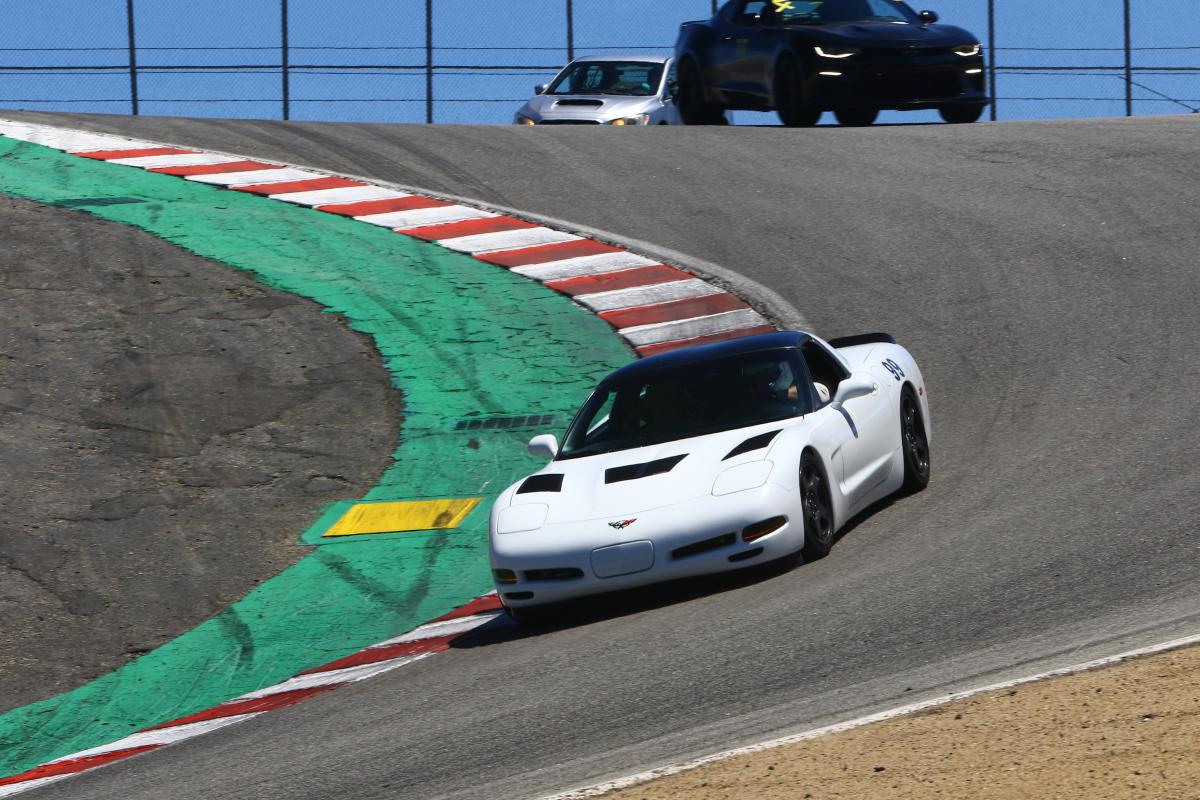
When I first started tracking my C5, I quickly realized the 23-year-old base suspension wasn’t cutting it — especially after switching to a square setup on 200tw tires. Body roll, understeer, and a lack of composure plagued the car. After researching options, I chose QA1's Proma Star double-adjustable coilovers paired with Progress sway bars. Why?
- They were in stock (unlike other brands with 6–12 week lead times).
- They ship promptly from Summit, often within 2-4 days of ordering.
- They were budget-friendly.
- The double adjustability offered room to grow that no other budget option offers.
I knew I'd be doing a lot of testing and adjustment, but it felt like a reasonable starting point.
Installation & Initial Setup: Not Plug-and-Play
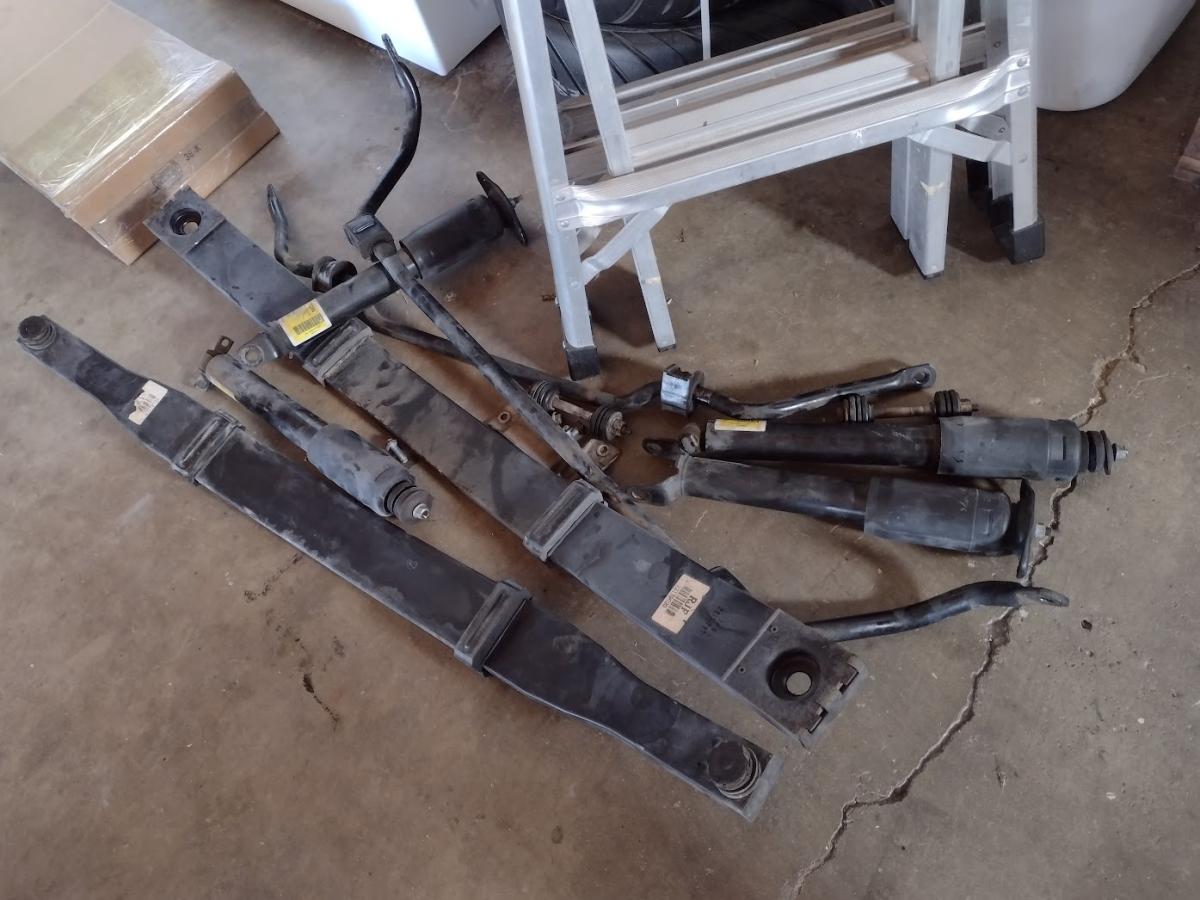
Installing the QA1s takes time. Give yourself 2–3 days if you're doing it at home. Assembly is annoying (why aren’t they pre-assembled?) and the snap rings will test your patience.
Recommended Bits Your Average DIYer May Not Have Yet:
- Snap ring pliers
- You'll need these for install, and then if you ever want to change things out on these you will need to be prepared to take them apart again.
- Permatex Anti-seize
- You should have this in general in your shop, because as the saying goes "If you love it, lube it!" That said, you need it for this job as QA1 is quite clear that if you don't cover the coilover in anti-seize they'll void your warranty, so go bananas!
- Torque wrench
- You're going to be taking a whole lot apart to do this job, and putting it back together you want to know it's all done up right. A torque wrench is essential, which when combined with torque specifications will make your life very very easy.
The worst offender of the job? The QA1 Spacers. The design requires partial disassembly to remove certain spacers — and if your ride height is off, that means starting all over. Ride height is critical to avoiding bottoming out on bump stops, which causes massive understeer as your spring rate goes infinite when contacting the bump stops... so I recommend not installing the spacers. I didn't have any issues with this nor do I understand the reasoning behind these, and QA1 couldn't explain it either when I called, but I sure as heck had TERRIBLE handling issues when I followed the QA1 directions!
Initial spring rates were also not optimal in my opinion: 550 lb/in front and rear doesn’t yield a balanced car. I later learned 550/650 is the correct combo — which makes sense given C5 Corvette rear geometry and leverage ratios.That said, you can also make 550/550 work by running a very large rear sway bar and/or running your sway bar on it's stiffest setting. It's what spec corvette does, though all the spec corvette drivers I spoke to expressed a desire for additional rear spring. Still, plan to order 600lb or 6560lb springs from Eibach for the rear.
Track Development & What Actually Worked
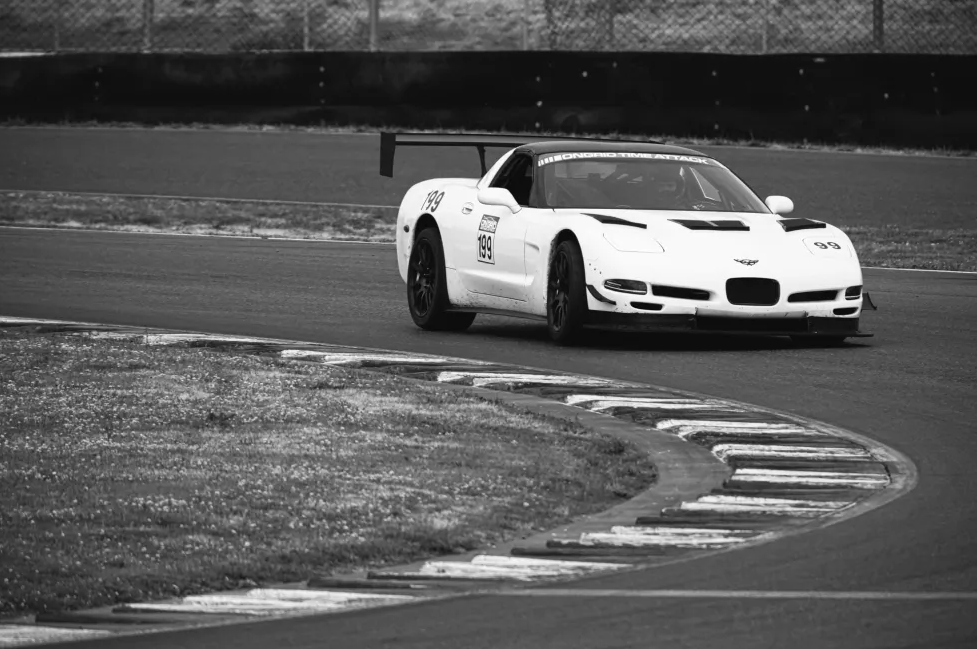
Across 35+ events, I tested everything:
- Spring rates (ultimately 550F / 650R worked best)
- Sway bar positions
- Spacer configurations
- Ride heights (OEM ride height was best — sorry, stance guys)
Eventually, with the right spring rates, spacers removed, and ride height restored, the car felt balanced and predictable. Instructors and experienced drivers consistently commented on how planted it felt. At intermediate pace, this suspension setup works extremely well, and even did quite well and took some podiums in time attack events
QA1 Has Amazing Warranty & Customer Service

Several times I had issues with the coilovers... or actually just thought I had issues with the coilovers. I would later discover that these were all self inflicted or failures to correctly diagnose issues. Still, QA1 honored the warranty every time, never questioned me, and sent out replacements promptly, which is commendable. I'd have a new coilover shipped out to me in no time. Infact, at this point I've got a whole extra set of front coilovers ready to go.
My failures were as follows:
- Alignment guy forgets to undo set screw on adjustment collar and instead hammers the coilover apart, dissassembling the coilover and causing it to leak oil out the bottom. Not QA1's fault, but I misdiagnosed the cause and they sent me new ones before I figured it out. That is on me.
- Shock is covered in fresh oil. Nothing in the vicinity has oil on it. Wheel well is clean enough to eat off of. I assumed it was the shock, sent it to a rebuilder and... nope everything was fine.
- Shock is covered in oil caked in dirt (picture above). Again, nothing else nearby has anything on it. I assume coilover... and it was fine.
I will say this though...Removing a blown shock is a pain. Since you can’t compress the shock and keep it compressed, a key part of install/removal, you'll have to get pretty creative removing the shock. This is likely the case with any coilover though, and others are actively harder to install without having the helper spring present.
Real-World Configuration Tips
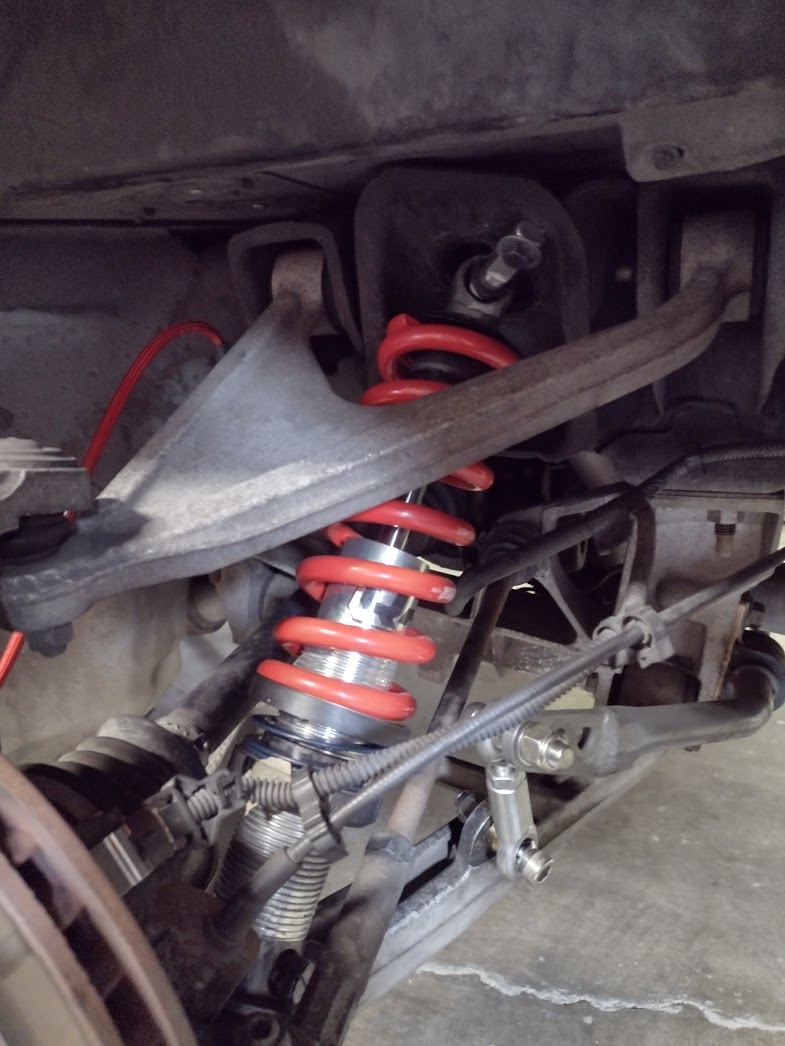
- Get 650 lb/in springs for the rear right away if you're tracking the car (Eibach makes them in 2.25").
- Thanks to the magic of the internet I was able to meet one of the original devleopers of this coilover who worked with QA. They were using 550/650, and sure enough it's what provided balanced handling for myself as well. QA1 does offer a 700lb rear spring but that is a bit too heavy.
- Run OEM ride height. It works better.
- Avoid QA1’s preload spacers unless you’re using drop spindles.
- Get offset rear toe arms to prevent contact with coilovers.
- Use Progress sway bars with an adjustable rear bar to tune balance.
Also: the adjusters break in over time. Initially, mine only clicked up to 10 before feeling like they’d break. Now they’re usable to ~12 clicks.
What QA1 Could Improve
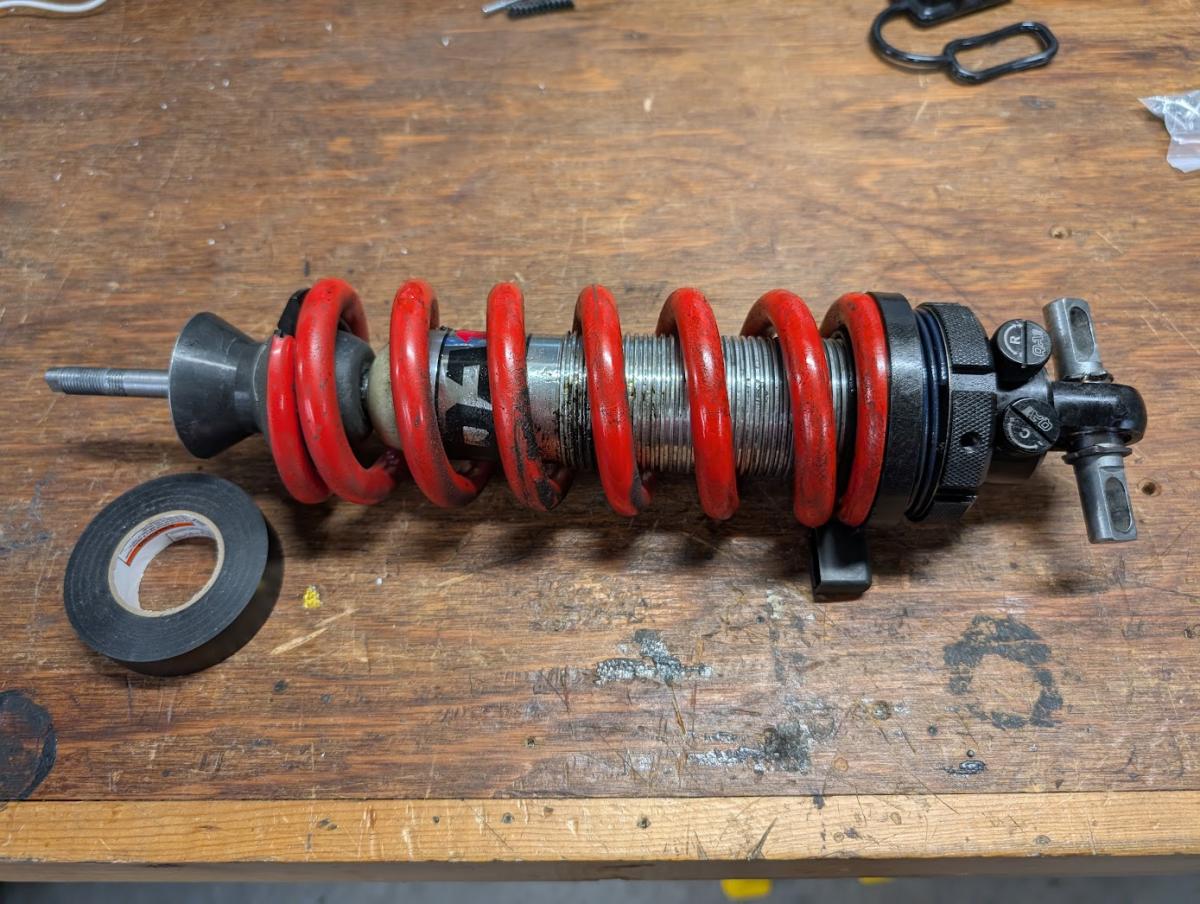
- Incomplete documentation — especially around bump stop behavior and ride height.
- Less than ideal spring rate choices, but workable.
- Spacer design that’s hard to change once installed but could be made very easy!
- Limited spring options in the correct diameter.
- Minimal community support or setup notes currently.
One thing they got right? Customer service. Big kudos there.
Final Verdict: Best Budget Coilover
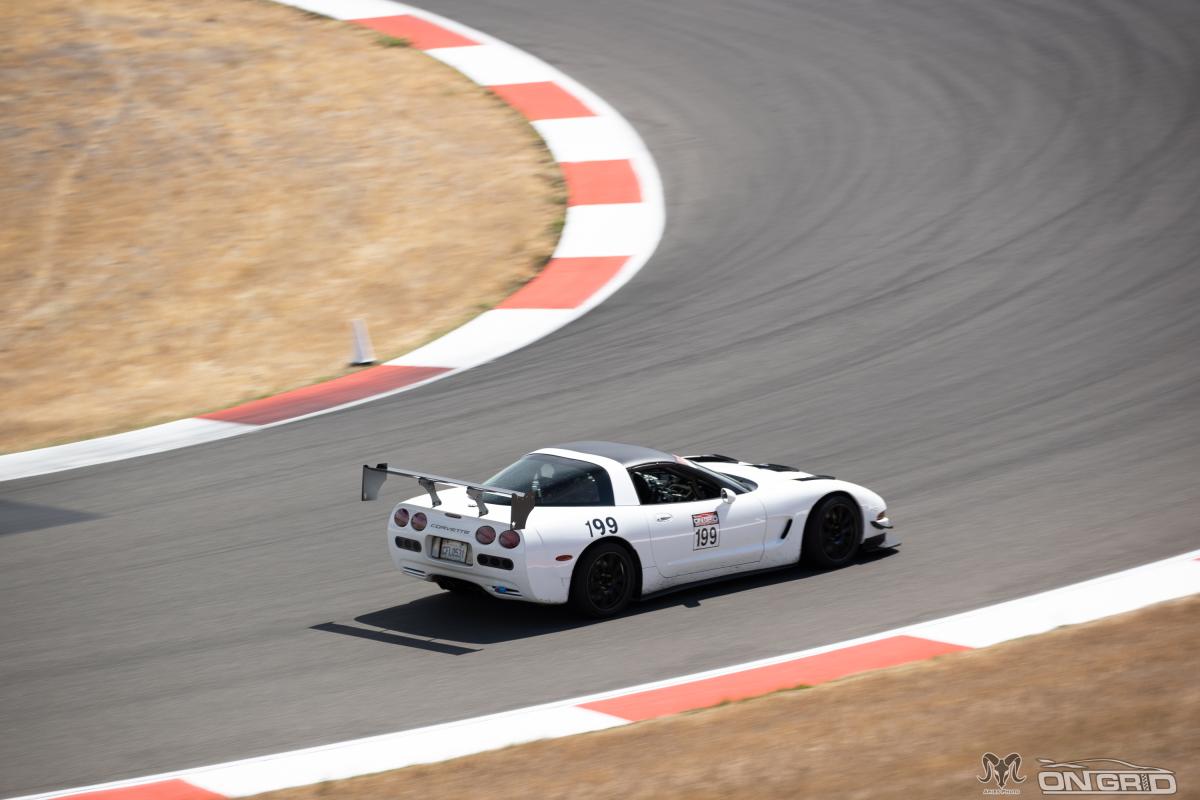
If you’re a street-only driver or doing entry to intermediate-level HPDE/autocross, QA1s are a phenomenal value. With the right tuning and spring upgrades, they deliver well-balanced performance and a very rewarding experience.
At this price point, no other double-adjustable coilover comes close — especially when factoring in availability, adjustability, and warranty support.
If you want the best-performing budget coilover for the C5 Corvette, this is it. Just be prepared to do chase down some tuning aspects yourself and treat the install instructions as guidelines at best.
QA1, if you're reading this: You’re sitting on the best value coilover in this market. Fix the docs. Tune the defaults. Support your users. You'll corner the market!
Got questions or want my full setup spreadsheet? Click here to view it.
Also check out my sway bar and spring rate research notes for deeper background information on various C5 Corvette coilover options.
